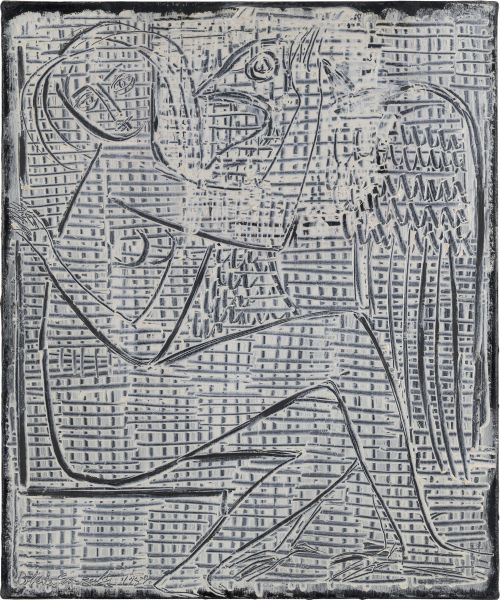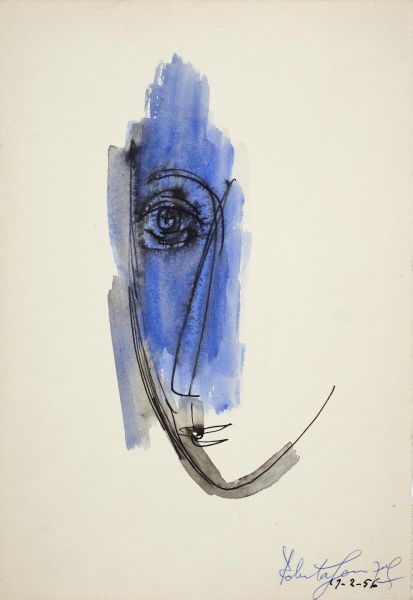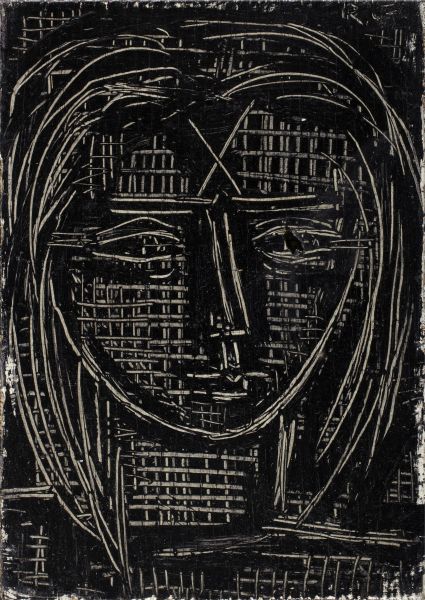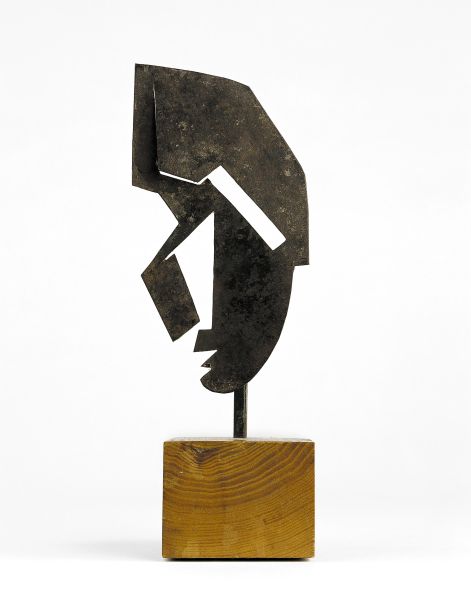Roberta and Julio González
She studied at the Académie Colarossi and her early works show the strict influence of her father, with the insistence on observation of reality that marked the development of his own style throughout his life. In 1937, in her father’s workshop, she met the young painter Hans Hartung, one of the leaders of abstract art in Europe, who became the second fundamental reference in Roberta’s work and also her husband. Roberta González, it has been said, was an artist who lived between two worlds, between the need for references to reality and the expressive possibilities of abstraction. Her work synthesised a highly stimulating visual language rich in resources, strongly experimental and profoundly personal. This exhibition seeks to provide a syncretic view that reconciles the tensions between abstraction and figuration that characterised the historical period in which this artist lived, essential to arriving at a better understanding of how the broad panorama of abstract art developed in the mid twentieth century. However, historical circumstances and the events of her life substantially restricted the diffusion of her work. Also, the shadows of Julio González and Hans Hartung repeatedly eclipsed the contributions that Roberta González made to the development of painting in those years. The posthumous exhibitions presented hitherto have offered very partial views or else have focused insistently on the family setting. The IVAM now presents the most complete retrospective that has been devoted to this artist; for the first time the order is reversed and it is Julio González who accompanies Roberta. The exhibition features about 80 works, ranging from early drawings in which we see her father’s teaching to late paintings in which her full artistic autonomy shines forth. The order in which the works are shown starts at the end, with large paintings from the period of her artistic maturity. The following rooms consider recurrent thematic focuses, such as torsos, masks and the story of Leda, which formed the central structure of Roberta’s work until her death in 1976. The 32 sculptures of torsos, heads and seated women by Julio González in these rooms underline the origin of Roberta’s aesthetic inquiries. However, her father’s influence is more apparent in the last room, where Julio González’s sculptures coincide chronologically with Roberta González’s early drawings, pastels and gouaches.







